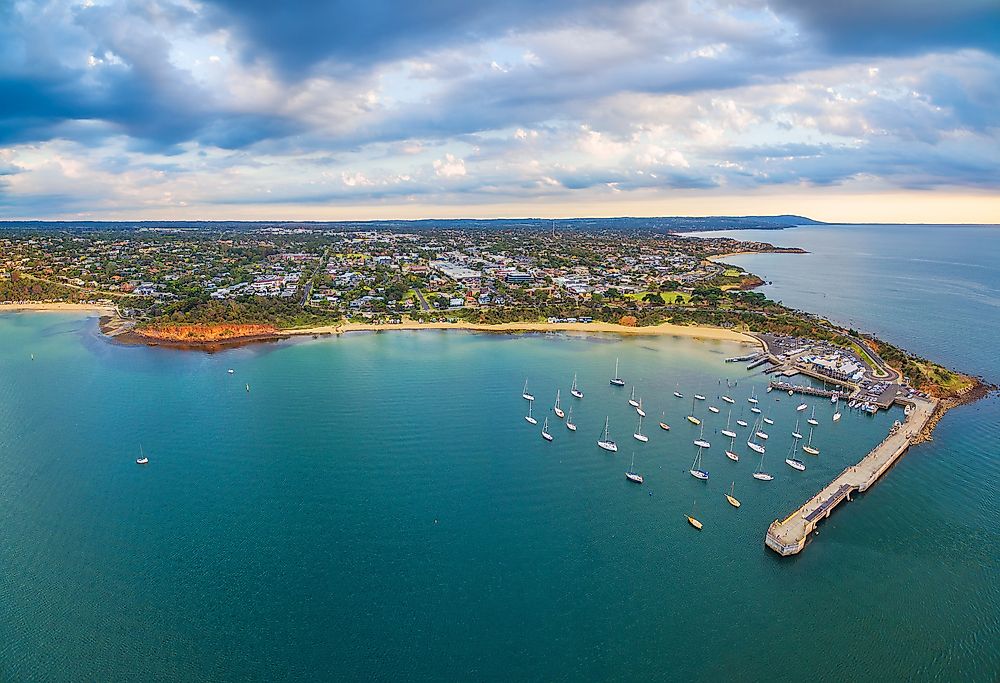What Is The Difference Between A Peninsula And A Cape?

In geography, a cape is that point of land which goes beyond the adjacent coast to a lake or sea. On the other hand, a peninsula refers to a piece of land that is connected to the mainland, but water surrounds most of its border. What this says about capes and peninsulas is that a cape can be found at the end of a peninsula. Geologically, capes have short life spans because of the frequent erosion they undergo thanks to their proximity to any natural form of erosion, especially tides.
What Is A Peninsula?
Peninsula comes from two Greek words, one is “paene,” and the other is “insula.” The former means “almost” and the latter means “island.” Peninsulas are prevalent on coastlines and in some cases small water bodies. A peninsula can be formed in different ways. First, the rising of the sea level may leave areas below a certain level submerged and only a high land emerging through the surface. Or still, a fall of the water level will expose a high land that has been previously submerged by the water. In some cases, landmasses can separate over a period of millions of years and gradually, a peninsula is formed.
Examples Of Peninsulas
Arabian Peninsula, found in Westen Asia, is considered to be the largest Peninsula in the world. It touches nine Arab countries, and the largest portion is in Saudi Arabia. It was created when separation of a previously large landmass occurred, which estimates it to be around 23 million years old.
Another peninsula is the Italian Peninsula in southern Europe. It largely occupies Italy. Then there is the Korean Peninsula which is divided between South and North Korea. Then we have the Upper and Lower Peninsula in Michigan USA and Florida Peninsula in Florida USA.
What Is A Cape
There are two main features of a cape; there is a large portion of land that extends into a large water body like an ocean, then there is a change in both the shape and the direction taken from the rest of the coastline. Capes are usually formed through volcanic activities, wave action, glaciers and changes in the sea level. In any of these methods, erosion plays a significant role.
Examples Of Capes
One of the most historic and famous capes is the Cape of Good Hope in South Africa. It is a rocky point which marks the end of the Peninsula extending from South Africa’s western coast. The coastline at this point turns eastward into the southern tip of Africa. Cape Cod in Massachusetts in the USA is also popular and attracts tourists. This is due to its beaches, villages, and towns that boast recreational fishing, good restaurants, swimming and other activities. It extends about 65 miles eastwards into the Atlantic Ocean with the outer portion going upwards then west like a hook. An artificial channel of 17.5 miles long was built for boat traffic in Cape Cod. Lastly, Cape Canaveral in Florida USA is popular for being the location of the Kennedy Space Centre.











